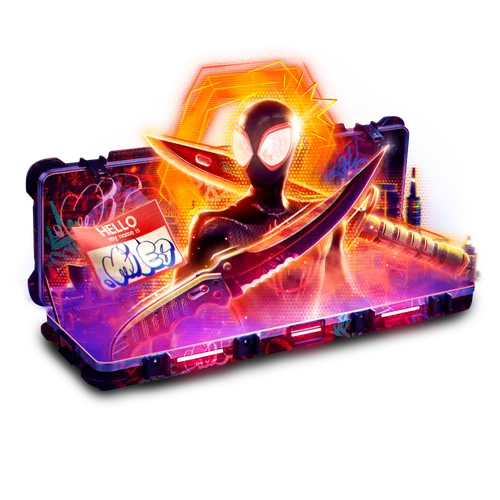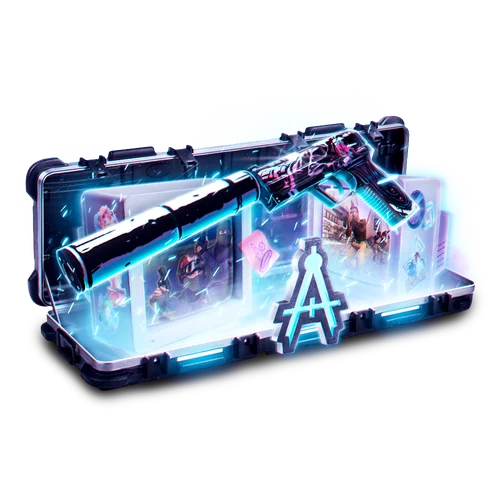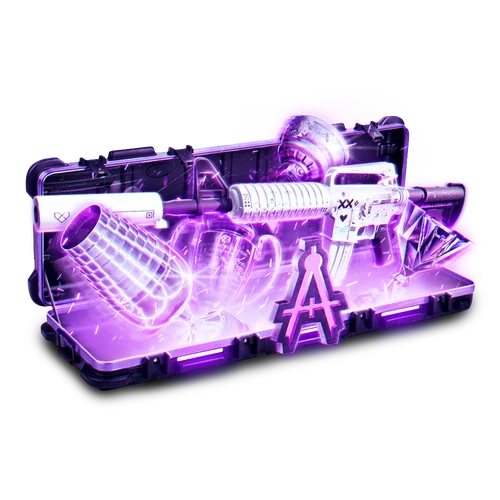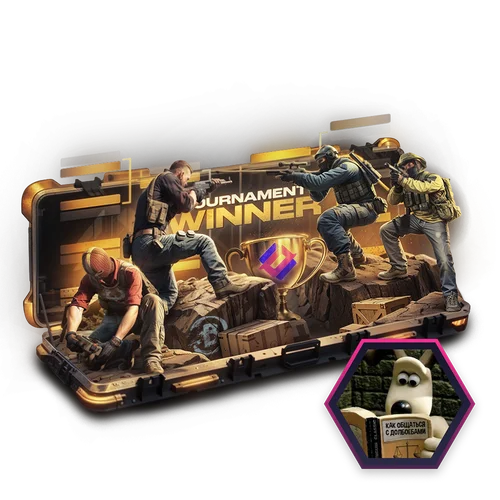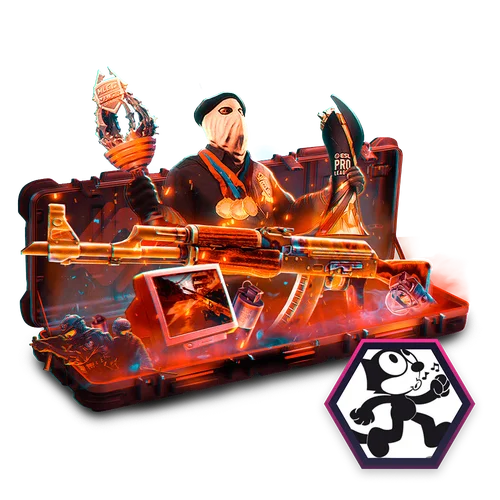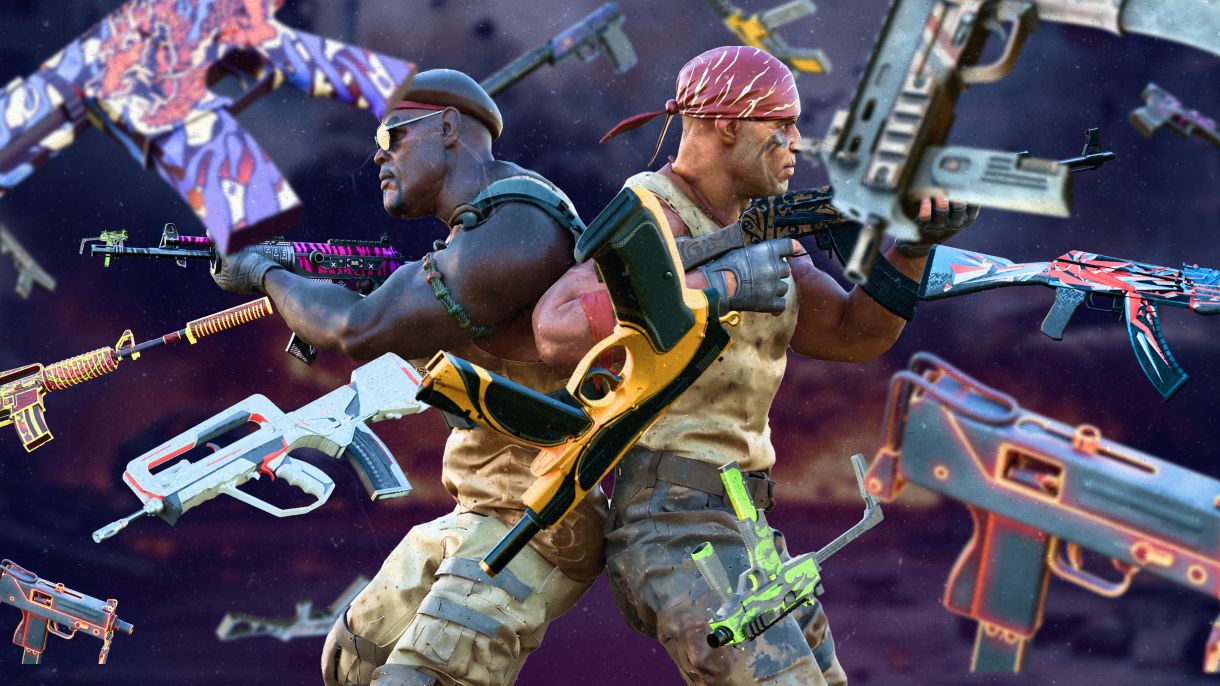Playing Mirage in Counter-Strike 2 requires both a deep understanding of the map and strategic execution of gameplay, whether you’re on the attack or defense. This guide aims to provide a comprehensive overview of how to play Mirage CS2, incorporating its history, positions, and strategies for both defense and attack, as well as specific tips and tricks to enhance your gameplay.
History of Mirage
Mirage is a legacy map, first introduced in 2004 as de_strike by BubkeZ for the CPL league, eventually evolving through CS 1.4, CS 1.6, and CSS, before becoming a staple in CS:GO and now CS2. While the transition to CS2 has brought minor cosmetic changes, the strategic depth and structure of Mirage have largely remained untouched, preserving its status as a beloved and balanced battleground.
Understanding Mirage’s Layout
Mirage is known for its balanced gameplay, offering equal opportunities for both CTs and Ts. Its design encourages strategic plays, with multiple points of interest such as the Middle (Mid), A Site, and B Site, each with its own set of callouts and strategies.
Playing Defense (CT Side)
Defensive play on Mirage revolves around controlling key areas to prevent T-side advancements. Here’s a breakdown of essential defensive positions:
- B Apartments: A player positioned here can monitor B site pushes. Passive play is recommended to fall back when overwhelmed.
- Short: Controls access to both Mid and B Site, pivotal for information gathering and quick rotations.
- Window/Connector: A flexible sniper position providing oversight over Mid and aiding in A or B site support.
- A Site: Requires support plays with utility to defend against T-side executes. Playing from CT or Ticket Booth allows for safer engagements and retake potential.
Utility Usage for Defense:
A Site: Molotovs in pit and flashes over Mid at round start can delay T pushes.
B Site: Molotovs and smokes in B Apartments (carpets) control space and sightlines.
Mid Control: Essential smokes include one for Top Mid to obstruct T vision and one in Connector for stealth and maneuverability.
Playing Attack (T Side)
On the offensive, controlling Mid is crucial for map dominance, providing routes to both bomb sites. Positioning should be distributed as follows:
- B Push Control: One player monitors aggressive CT plays from B.
- Mid Dominance: Three players secure Mid, essential for map control and site splits.
- A Site Presence: One player in Pit or Palace, throwing initial Mid control grenades.
Utility Usage for Attack:
Mid Control: Smokes for Window and Connector, along with Molotovs for common defensive positions, are pivotal.
Site Executes: Depending on the strategy, various smokes (CT, Jungle, A Site crosses) and Molotovs facilitate site takes.
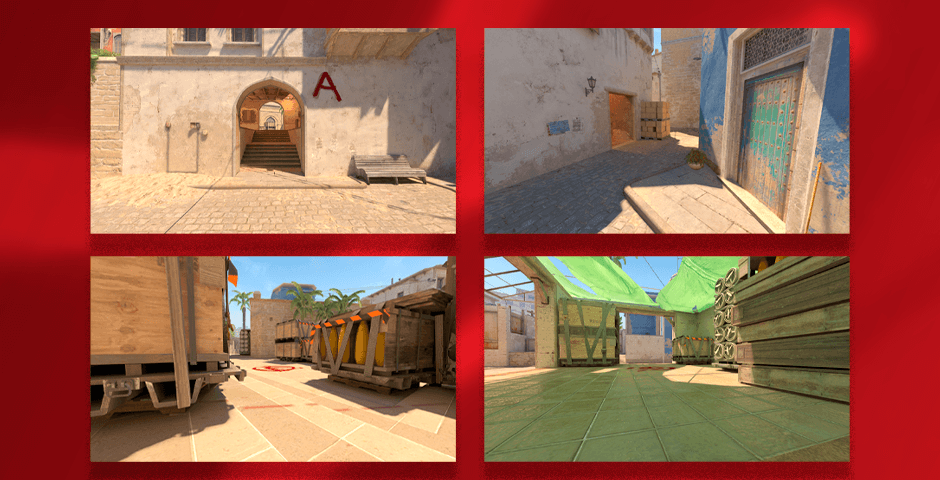
Strategic Plays on Mirage
Tactics for CT:
Mid Control: Essential for delaying or stopping T-side plays. Utilize utility to counter smokes and retake Mid when necessary.
Rotations: Quick and safe rotations are key. Knowing when to fall back and support sites can turn the tide of a round.
Tactics for T:
A Site Split: Combining Mid control with a push from Pit/Palace. Smokes in CT and Jungle, along with precise timing, are crucial.
B Site Take: A focus on Mid control with a delayed push to B can catch CTs off guard. Utility in B Apartments and Mid assists in entry.
Master Mirage in CS2 with our comprehensive callouts guide. Learn essential location names to enhance team communication and gameplay on this iconic map.
Tips and Tricks for Enhanced Play
Window Positioning: Utilize unconventional spots to avoid pre-fires and flashes.
Quick Rotations: Master jumping from Window to Short or Ladder for fast B site support.
Balcony Entry: Practice balcony jumps on B Site for unexpected angles and quick positioning.
Advanced Positioning and Movement
Utilizing Off-Angles
- Off-angles are positions where you stand at an unexpected spot that is slightly off from common pre-aim points. This can surprise enemies and give you the first shot advantage.
- On Mirage, consider using off-angles near A Ramp, Palace, or the Connector area. However, be mindful that without an escape plan, these positions can be risky.
Silent Drops
Learning how to drop from heights silently on Mirage can be crucial, especially around areas like Window to Underpass or from Balcony to A Site. This can be achieved by crouching just before you land.
Smoke Strategies Beyond the Basics
Deep A-Site Smokes: Learn smokes that land deep into the A site, blocking off vision from Ticket and forcing defenders in Jungle and Stairs to move, making them vulnerable.
B-Site Market Window Smoke from Apartments: A well-placed smoke can isolate players inside the market, allowing for a safer plant on B.
Master Mirage with precision! Uncover the finest CS2 smoke spots in our 2024 Ultimate Guide. Elevate your gameplay with tactical perfection.
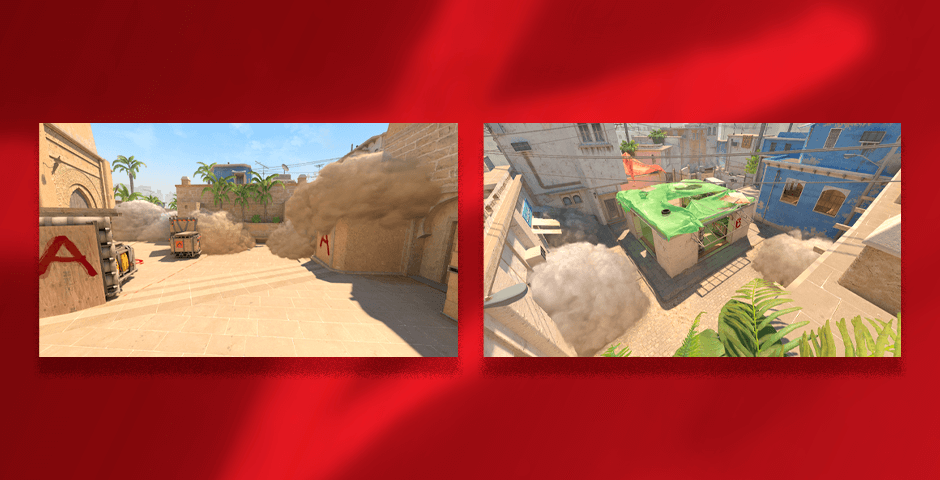
Timing and Map Control
Mid Control Timing: Teams often underestimate the power of delaying mid control. A late mid-take can catch rotating defenders off guard and open up split opportunities to both sites.
A Site Retake Positions: Post-plant positioning is crucial. Knowing when to push into Jungle or CT for control can turn the tide of a retake.
Individual Skills and Tricks
Quick-Scope Spots: For AWPers, mastering quick-scope spots like the jump peek from Window to Mid or a fast scope from Ticket Booth to A Main can snag crucial early picks.
Flashbangs for Self-Peek: Mastering the art of throwing effective flashbangs that allow you to peek without blinding yourself is invaluable. This includes pop-flashes over A Ramp or B Apartments.
Team Strategies
Delayed Executions: Implementing delayed executions on both sites can catch the opposing team during rotations. A late B push, for example, after showing presence in Mid and A, can be highly effective.
Fake Double Pump: This strategy involves throwing initial utility to simulate a site take, pausing to draw rotations, then hitting the same site with a second wave of utility. It’s highly effective when the opposing team over-rotates.
Psychological Warfare
Mind Games: Using utility and movement to create noise and presence on different parts of the map can cause confusion and misrotation from the enemy team. Mirage offers plenty of opportunities for such psychological plays, especially with its interconnected areas around Mid.
Adaptability: Always be ready to adapt your strategies based on the enemy’s tendencies. If they heavily counter your Mid plays, switch to fast site takes or use lurkers to punish rotations.
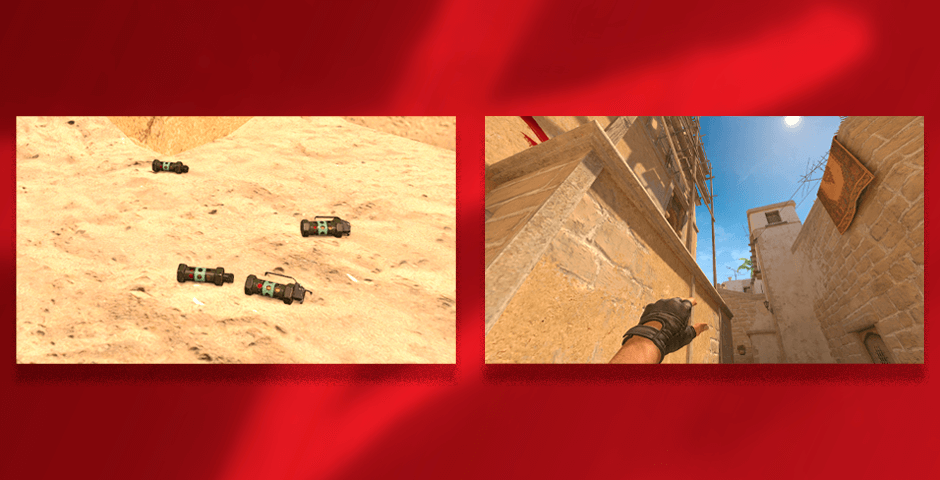
Mastering Mirage: Concluding Insights on Dominating CS2’s Iconic Map
To encapsulate our comprehensive guide on how to play Mirage in CS2, it’s essential to emphasize the significance of understanding the map’s intricate layout, mastering the positioning for both defense and attack, and utilizing the appropriate grenade strategies to gain a tactical advantage. Whether you’re holding down a site as a Counter-Terrorist or orchestrating a meticulously planned attack as a Terrorist, knowing the nuances of Mirage can turn the tide of any match in your favor. Now, armed with this knowledge, go forth and dominate Mirage, outsmarting and outplaying your opponents with every round.











![How to Get Cases in CS2: Ultimate Guide [2024]](https://front.stage.jamson-sc.dev/community/wp-content/webp-express/webp-images/doc-root/wp-content/uploads/2024/08/Main-x-Name-32.jpg.webp)

